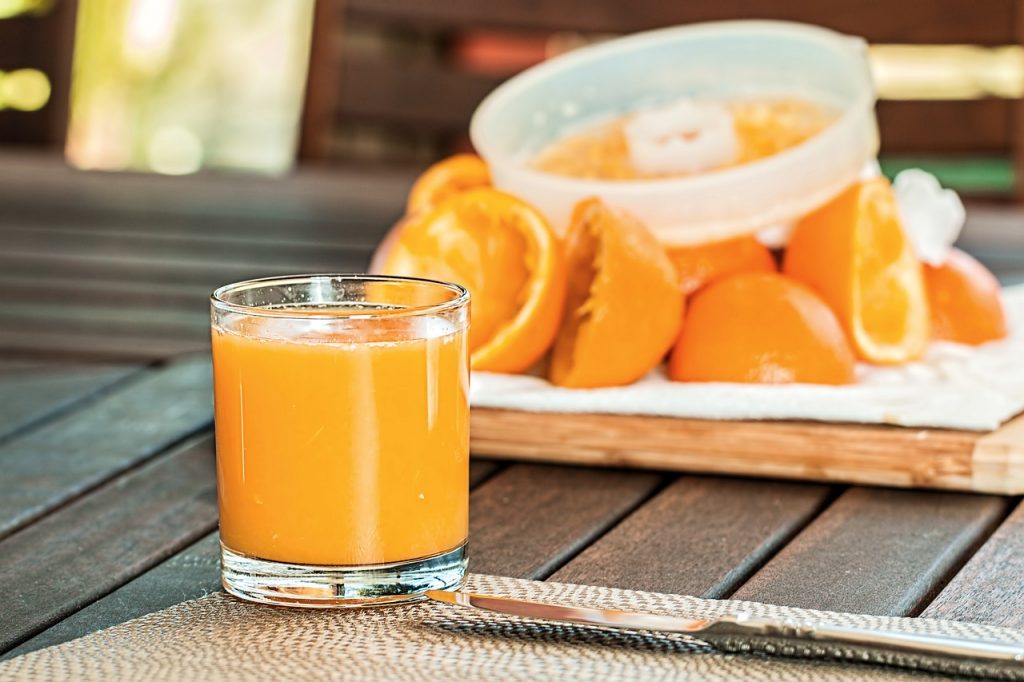Florida Oranges Are Facing One Serious Challenge
Florida orange cultivation is way down due to a deadly disease.
This article is more than 2 years old

You should expect oranges sold in the U.S. to rise in cost this year. A devastating year for citrus farmers has led to a small harvest, increasing the overall orange demand. With fewer Florida oranges on the market, the price for a typical orange may reach unparalleled heights.
Farmers are struggling from horrible weather and a sudden increase in Florida-orange demand over the past two years. Hostile weather patterns are not the only culprit for agricultural disparities but also severe disease infecting citrus trees statewide. A bacterial infection called “citrus greening disease” started spreading among Floridian farms due to the invasive Asian Citrus Psyllid.
This tiny psyllid was responsible for damaging most Florida orange farms this past year. The plant-sucking insect was brought over through trading ports in the southeastern United States in 2005. Now common amongst citrus farms, the insects spread disease from tree to tree, which halts the fruit from ripening properly.
Over the past decade, Florida has tried to control the Asian Citrus Psyllid infections. The state ruled that any tree within 2,000 feet of an infected tree needed to be demolished. This led Florida orange farmers into a litigious brigade, blaming the state for ruining perfectly acceptable crops. Even regular citizens began suing the state since Florida targeted backyard trees alongside agricultural land.
Research has been done extensively over the last few years in reversing the citrus greening disease. Without any concrete cures, Florida-orange farmers are still suffering from low cultivation. Farmers estimate only 44 million boxes will be available this winter, the lowest amount since World War II. This surprising drop would remove Florida as the top state for orange production, putting it below California.

California and Florida have always competed in orange production, though both states have carved out their own market niches. Florida oranges are usually intended for beverages and juices, while California oranges are grown for eating. Florida’s diminishing orange growth leaves juice brands struggling, possibly looking to other states for citrus alternatives.
The citrus greening disease, also known as huanglongbing, changes the taste and acidity of Florida oranges. The oranges turn out way smaller, with higher acidity levels and a disastrous sugar decrease. These infected oranges that contain less sweetness have led farmers to petition the FDA’s sugar standard for juice. If the FDA changes the sugar standard, Florida farmers may be able to sell the bitter fruit.
Though Florida oranges are seeing the most devastation from this disease, the infections have also spread to west coast farms. Farmers in Ojai, California, had to throw away ten percent of their citrus fruit, possibly foreshadowing an infectious outbreak as Floridian farms experienced. Though both states are known for orange production, the taste and design of their citrus are distinct, meaning California cannot replace the entirety of Florida’s orange shortage.
Though lessened production is primarily due to weather and disease, COVID has affected the farmers who cultivate the crop. The pandemic changed the overall cost of labor, transportation, and farming necessities like fertilizer. The unprecedented price for these agricultural needs, compounded with the decrease in Florida orange production, has put farmers in a monetary deficit.







